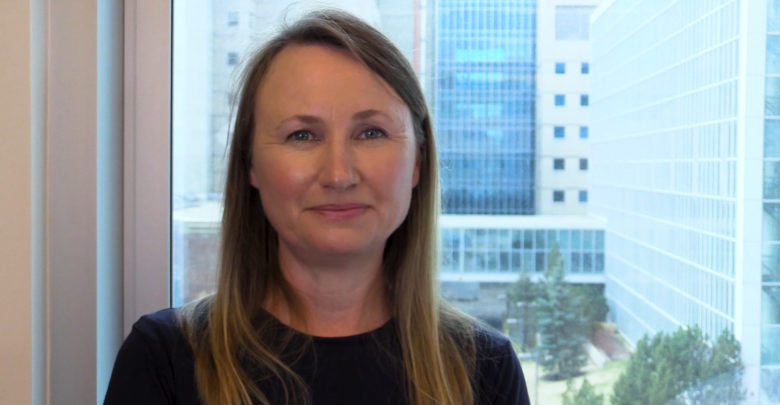 Supplied
SuppliedA recent survey done by Donna Vine, a University of Alberta professor of human nutrition, showed more awareness and education is needed for the effective treatment and diagnosis of Polycystic Ovary Syndrome.
Polycystic Ovary Syndrome (PCOS) is a common metabolic-endocrine disorder that affects one in 10 women, and can cause a multitude of symptoms, such as obesity, cardiovascular disease, and diabetes. Despite the commonality and severity of the disorder, many women struggle with receiving a diagnosis and comprehensive care that takes into account the co-existing conditions associated with the disease.
There are several barriers to diagnosing PCOS such as having to rule out other endocrine disorders that can mimic the symptoms of PCOS. Additionally, pituitary disorders and tumour disorders have to be ruled out.
“You don’t want to say it’s PCOS and then not treat the actual underlying endocrine or other pathology that needs to be treated,” Vine said. “They need lots of lab testing and monitoring and sometimes the disease can be masked by other things, so it’s complicated by other [conditions].”
Vine said that diagnosing PCOS as early as possible allows individuals to manage the disease. Early intervention and treatment can help prevent additional chronic diseases such as diabetes and cardiovascular disease.
There can be delays in diagnosing PCOS from six months to two years, according to Vine. Oftentimes the disorder can be hidden by the symptoms, such as obesity or diabetes.
Women with PCOS are at high risk for mental health disorders, eating disorders, and gastrointestinal disorders. PCOS also causes hormone imbalances, particularly high testosterone levels. The resulting excess hair growth and alopecia from testosterone can affect PCOS patient’s self-esteem, Vine said.
“If we can intervene early and patients can get referred to specialists to help them with their symptoms and or [co-existing conditions] — if they can prevent them — that would be the best approach for these patients.”
PCOS is a common but treatable cause of infertility. Many women go without a diagnosis until they are trying to conceive, at which point they may have been living with the symptoms for decades. A diagnosis in the early-to-mid twenties is ideal, Vine said.
“I think it’s all awareness and education in the healthcare system and clinicians themselves. Menstrual dysfunction … is associated with increased risk of many different adverse health outcomes for women, and that’s generally just not known.”
Vine is the principal investigator for PCOS Together, a research program aimed at understanding and improving the health and healthcare of women with PCOS. On the PCOS Together website is a PCOS Toolbox that provides information on navigating the healthcare system and more.
Vine said it is important for clinicians to be aware of the long-term risks, and for patients to be able to advocate for referrals to specialists. It is a combination of early intervention, education, and advocating for oneself that will help those with PCOS manage their disorder and maintain quality of life.
“We’ve got some wonderful stories of patients who have come through the whole process, a decade of having PCOS or even longer for example, and are now telling younger women with PCOS the best approaches of how to get the best care and how to advocate for themselves.”



